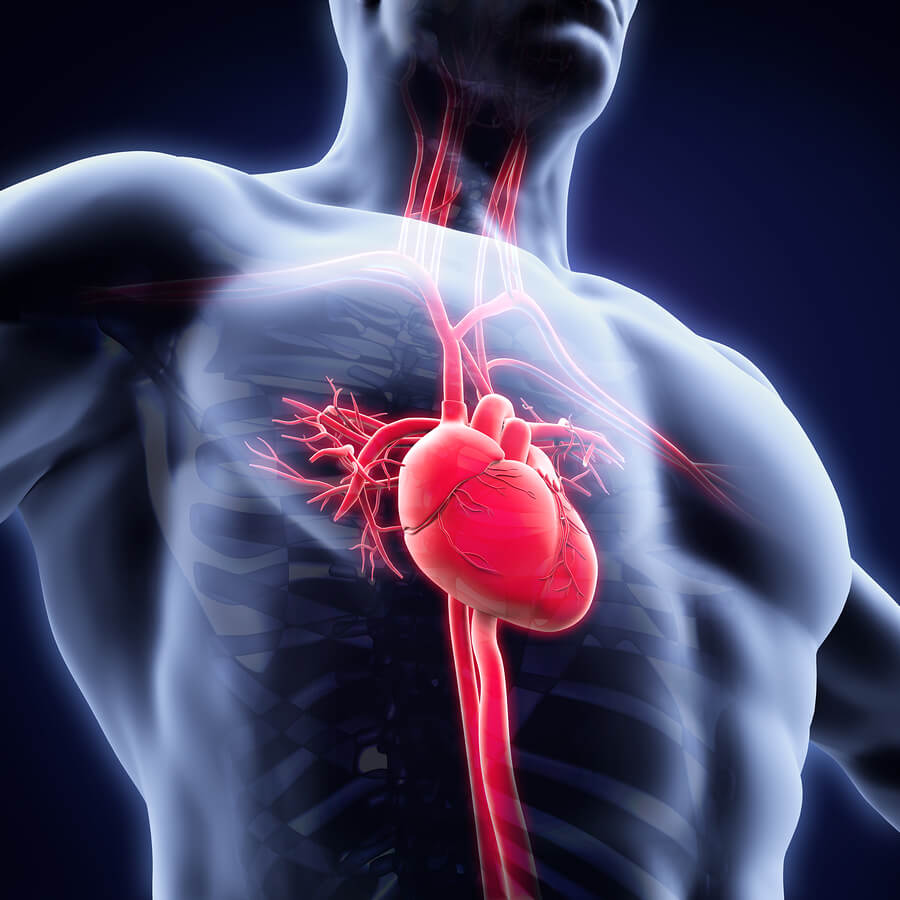It’s the busiest part of the year for Santa Claus (formerly known as Saint Nicholas of Myra born AD 270). Although some scholars argue that Santa is just a legendary figure still present in modern day folklore due to its successful marketing, Splice has made the effort to thoroughly search the internet and find interesting scientific observations, speculations and hypotheses regarding Santa and his magical companions.
Few years ago Santa was asked by Dr. Andrea Cherrington to participate in a diabetes study at the University of Alabama at Birmingham. According to her, “he [Santa] has several risk factors associated with the development of Type 2 diabetes”. She points out that he is overweight, has a sedentary lifestyle, and doesn’t maintain a healthy diet. She adds that “These risk factors are also related to the development of cardiovascular disease, high blood pressure and stroke.” The question is, should we be worried for Santa and should children change the biscuits and milk offerings with something healthier?
Researchers at the The Daily Beast have calculated Santa’s calorie imbalance and found that on his journey on Christmas day, Santa consumes around 470 billion calories in total and burns only about 4.46 billion calories trough chimney-climbing. That makes for a lot of unburned calories but Santa doesn’t seem to have a lot of problems with that. How come that he still fits into his red suit and looks surprisingly young after 1700 years of service?
Obviously, Santa is no ordinary human. A web source even suggests that instead of the usual 23 homologous pairs of chromosomes, Santa has three extra chromosomes, a condition called Trisomy 25 (for the 25th of December) that gives him special magical powers. A respected blogger said he would “prefer to see his [Santa’s] microbiome” as well as the microbiome of his reindeer, since the microbiome with many traits, could “explain their ability to fly”.

Infrared image of a reindeer’s head after a treadmill test shows the presence of a red nose CC-BY 2.0 licence
Santa closest work companions on Christmas Eve are his flying reindeers and the most special one is Rudolf with a shiny red nose. Ever wondered what’s the reason behind Rudolf’s red nose? A research team from Norway and the Netherlands did. That’s why they packed their hand-held intravital video microscopes and decided to compare the blood vessels of reindeer with those of human volunteers. The study found that “Rudolph’s nose is red because it is richly supplied with red blood cells, comprises a highly dense microcirculation [25% higher vascular density than that in humans], and is anatomically and physiologically adapted for reindeer to carry out their flying duties for Santa Claus.”
Not many facts are known about Santa and his magical companions, but there surely are many speculations. We conclude that the scientific examination of Santa is a very promising field of research and needs further attention. And you – don’t forget to write Santa for the best scientific gift for this Christmas!
Marko Petek, PhD, BioSistemika LLC
Related BuzzFeed YouTube video with more science facts on Santa: https://www.youtube.com/watch?v=fIQY_EhAotc











